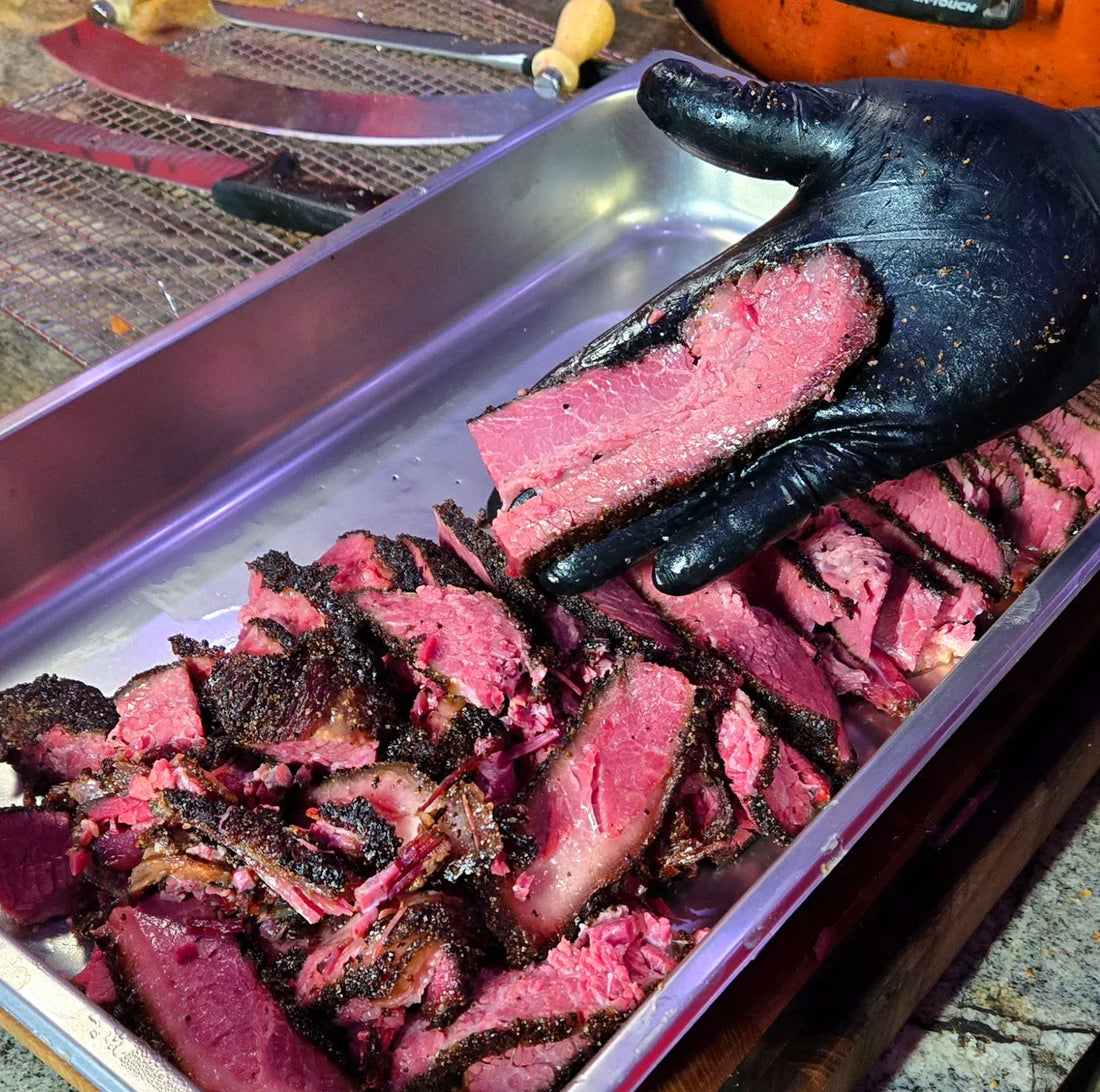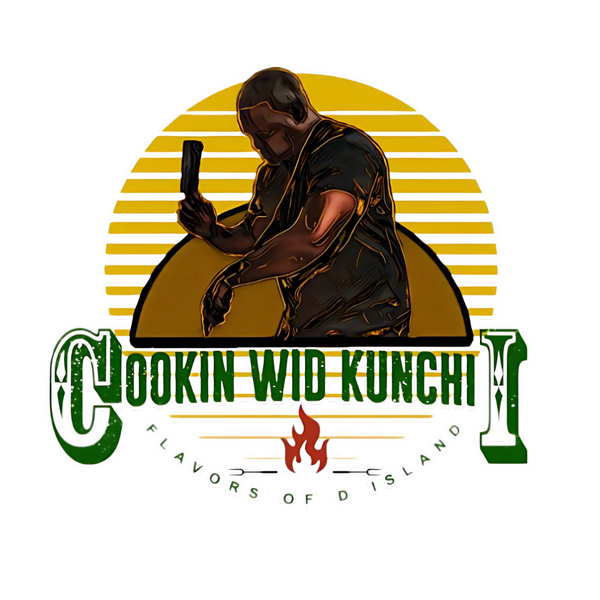
How To Make Pastrami At Home
Achunchigan LattoreShare
There’s something deeply satisfying about transforming a humble brisket into a mouthwatering pastrami. The process is a labor of love, requiring patience, attention to detail, and a passion for bold flavors. Whether you’re a seasoned pitmaster or a home cook looking to elevate your barbecue game, making pastrami at home is a rewarding experience. In this blog post, I’ll walk you through the steps of preparing pastrami from brisket, compare it to its cousin corned beef, and share my experience smoking it on the Weber Kettle using the Snake method (a technique I detail in my book, Wrangling Fire, available on Amazon).
Pastrami vs. Corned Beef: What’s the Difference?
At first glance, pastrami and corned beef might seem similar—they both start with brisket and involve curing—but they are distinct in preparation, flavor, and presentation.
Corned Beef: The term “corned” refers to the large grains of salt (or “corns”) used in the curing process. Corned beef is typically brined in a mixture of water, salt, sugar, and spices like mustard seeds, bay leaves, and peppercorns. After curing, it’s usually boiled or simmered until tender. The result is a salty, slightly spiced, and tender meat that’s often associated with St. Patrick’s Day or Reuben sandwiches.
Pastrami: Pastrami takes the curing process a step further. After brining (similar to corned beef), the brisket is coated with a robust spice rub, typically featuring coriander, black pepper, garlic, and paprika. It’s then smoked low and slow until it reaches a tender, smoky perfection. The smoking process gives pastrami its signature flavor—bold, peppery, and deeply aromatic. Pastrami is often sliced thin and served hot, making it the star of classic deli sandwiches.
While both are delicious, pastrami’s smoky, spicy crust and tender interior set it apart from the milder, saltier corned beef.
Tips For Success
- Prepare For The Brine: Be sure to trim your brisket ahead of time. Reducing the external fat, especially on the point portion, drastically improves the cure’s ability to penetrate the meat.
- Rinse The Meat: After the cure, be sure to rinse the brisket off completely, so your end product is not extremely over salted from the brine solution.
- Seasoning The Brisket: Before you cook, season your brisket with a salt-free blend. In this cook I used only pepper but there is a list of spices in the recipe below.
- Get The Best Fuel: If you are using the Weber Kettle, the snake method is vital to your success. Be sure to stock up on your B&B Charcoal from a local retailer near you.
Watch My Youtube Video Here!
The journey to perfect pastrami begins with a good brine. You’ll need:
2 tbsp pink curing salt (Prague Powder 1)
Spices: mustard seeds, coriander seeds, black peppercorns, bay leaves, and garlic
Step 2: Preparing the Spice Rub
1/4 cup coarsely ground black pepper
2 tablespoons coriander seeds (lightly crushed)
Preheat your Weber Kettle to 225°F-250°F (107°C).
Place the brisket on the grill grate, fat side up, away from direct heat.
While you can certainly buy pastrami from a deli, making it at home allows you to control the flavors and quality of the meat. Since it’s cured meat, you get to control the level of sodium. Plus, there’s a sense of pride that comes with serving something you’ve crafted from scratch. Using the Weber Kettle and the Snake method adds an extra layer of authenticity and fun to the process.
If you’re interested in mastering the art of fire management and smoking techniques, check out my book, Wrangling Fire, available on Amazon. It’s packed with tips, tricks, and recipes to help you become a backyard barbecue pro.
So, fire up your grill, grab a brisket, and prepare to make the best pastrami you’ve ever tasted. Your taste buds (and your friends and family) will thank you!
